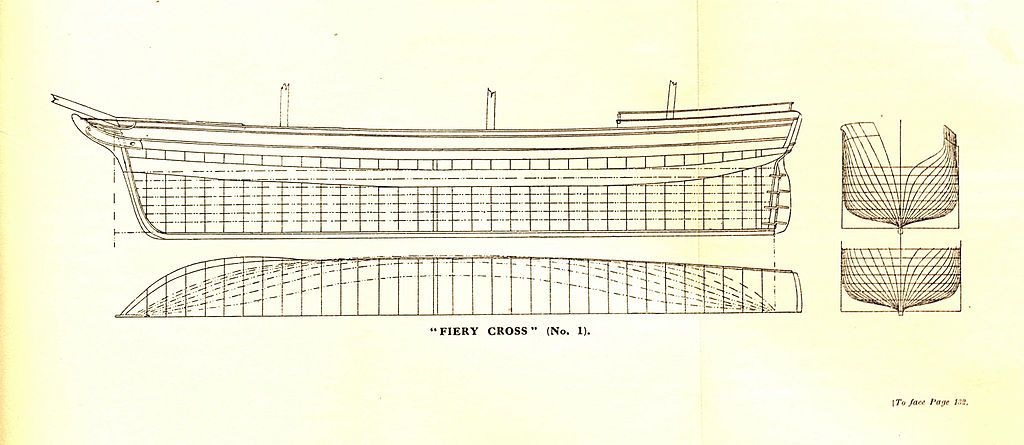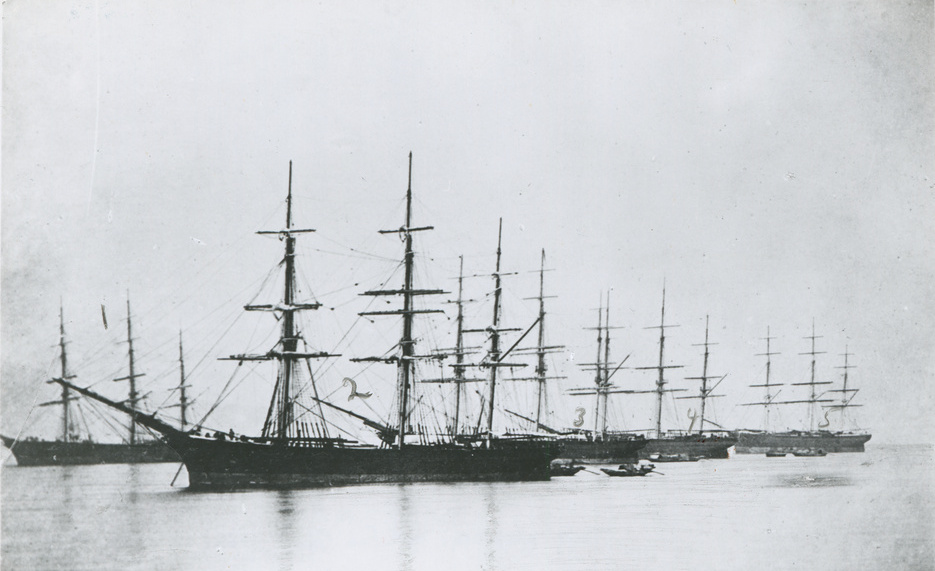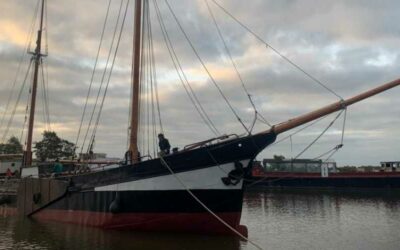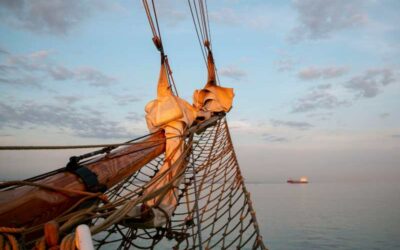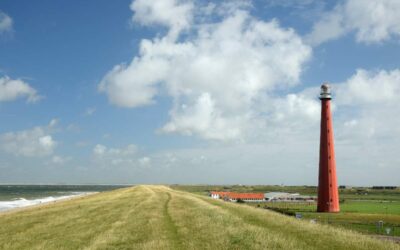The British love tea. They enjoy it so much that during the 19th century the fastest sailing ships of the day competed to bring the first crop of the year to London in the fastest time possible.
The East India Company’s monopoly on trade from Asia to the United Kingdom ended in 1834. This allowed other enterprises to begin shipping from the region and speed became essential.
The first tea race recorded from China to London involved Chrysolite and Celestial. Run in 1854, it included an extra 10 shillings per ton of tea landed as a reward for the winner.
They arrived home in 108 and 109 days respectively, with Chrysolite taking the reward.
The Annual Race
‘The annual race with the new crop evoked intense excitement, marvelous records of speed and wonderful feats of seamanship. Half round the globe, from Foochow to the Forelands, through storm and shine, burning heat and bitter cold, the great thoroughbreds would race neck and neck’
Erskine Childers 1914, The Times
The global telegraph network spread rapidly in the 19th century. Messages of ship departures, any sightings from land and news from other ships entering ports on the route could be relayed back to London. As the ships crossed the oceans, and news periodically filtered through, excitement in Britain grew.
‘Shipping intelligence’ was published in newspapers such as The Times, The Pall Mall Gazette and in respected shipping journals such as Lloyd’s List. This allowed the waiting public to follow the journey. Wagers would be placed and the rewards for winning ships extended from the stipend per ton for the owners, to include £100 for the captain and an extra month’s wages for the crew.
The first departures from China usually happened in late May or early June. Over the years passage time improved as ship design and rigging were minutely refined.
Designed by William Rennie, built in Liverpool, weighing 689 tons and launched around 1860 (some sources have her launched in 1861), there is little doubt about Fiery Cross’s impact on the young tradition of yearly tea races. She was the first ship to return to London in 1861, 1862, 1863 and 1865, an incredible achievement that made her one of the most successful clippers in tea racing history.
Fiery Cross and the ‘1866 Great Tea Race’
It has been said that an excellent captain is worth an extra half a knot to a ship’s speed. In 1866, Fiery Cross was captained by 30 year old Richard Robinson, an experienced sailor.
Beneath him was a legendary ship which, despite being one of the oldest contenders, could not be underestimated. Her design was slightly outdated as she was built entirely out of wood.
From around 1863 new clipper ships were a composite design. Wooden hulls were laid over a wrought iron frame which was stronger and took up less internal space.
Of the five main contenders in the 1866 Tea Race Ariel, Taeping and Taitsing were part of this new generation of composite construction, while Fiery Cross and Serica were of the older wooden design.
While the composite vessels loaded over a million lbs of tea each, Fiery Cross, with less cargo space, loaded just over 800’000 lbs in her hold that year. Nevertheless, her loading was not completed quickest, and Ariel was the first ship to start towards the Min River estuary on 29th May.
Fiery Cross finished loading 12 hours later, and it is reported that, in Captain Robinson’s haste to sail, he neglected to sign his bills of lading (an acknowledgement of the receipt of cargo). This supposedly left Captain Innes of Serica furious.
Captain Robinson needn’t have been in such a hurry. Despite the 12-hour head start, Ariel’s deeper draft and weaker tug meant that she was waiting for a deep tide to escape the estuary when Fiery Cross arrived. Drawing less water and using a more powerful tug Fiery Cross sailed past a no doubt angry Ariel crew under Captain Keay, and was the first into the open sea.
On 24th June 1866, Fiery Cross travelled 318 miles at an average of 13.7 knots – the furthest 24-hour run of that year’s race. Despite this, Fiery Cross was unfortunately becalmed for 24 hours in mid-August.
This lull in progress made all the difference and she finished the race of 1866 in 4th place, docking 28 hours after Ariel and Taeping, and 26 hours behind Serica on 8th September.
Taeping claimed the reward but the owners decided to share it with Ariel, in case the consignees sought to use the close result as an excuse not to pay the premium. The two ships had finished just twenty minutes apart after a crossing of more than 14’000 miles of ocean…
